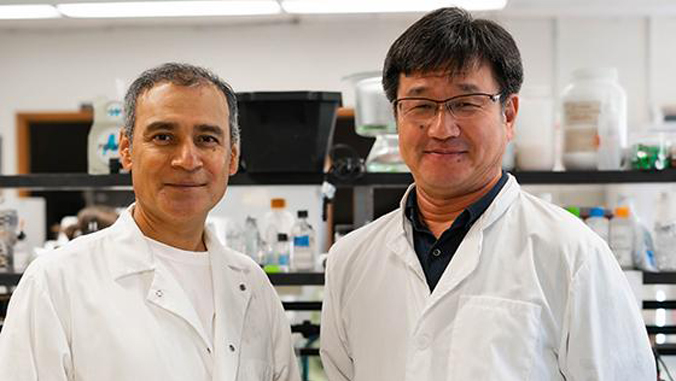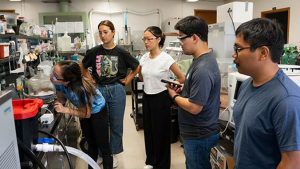
To help Hawaiʻi reach net-zero energy by 2045, two researchers at the University of Hawaiʻi at Mānoa College of Tropical Agriculture and Human Resources (CTAHR) received a $150,000 Sun Grant Western Region grant to assess how bioenergy generated from bioresources such as agricultural residues and animal manures, via anaerobic digestion, could significantly contribute to the state’s renewable energy.
Samir Khanal, of the Department of Molecular Biosciences and Bioengineering, and Tomoaki Miura, of the Department of Natural Resources and Environmental Management, are planning to develop the first comprehensive geodatabase on available bioresources across the Hawaiian Islands, and assess their bioenergy production potential.

“The National Renewable Energy Laboratory Biofuels Atlas, a valuable tool for identifying areas with abundant feedstocks, does not have specific data for Hawaiʻi,” Khanal said. “Given the decentralized nature of bioresources across the Hawaiian Islands, developing a comprehensive bioenergy feedstock map is essential.”
Khanal and Miura will combine geographical information system (GIS)-based modeling with bioconversion data. The database will be an interactive, online tool, providing vital insights to encourage the adoption of distributed anaerobic digestion technology.
“We will gather field data from all four major islands and employ GIS-based analysis specifically aimed at mapping the bioenergy potential of agricultural residues and animal manures within the Hawaiian Islands,” said Miura. “This information is crucial for resource management and for strategically planning the size and location of processing facilities to maximize both economic and environmental benefits to the state.”
Other accolades
Khanal was appointed editor-in-chief of Bioresource Technology, reflecting his achievements in the field of biological waste treatment/bioconversion and bioenergy. The journal is considered tier one, and ranks first in agricultural engineering receiving nearly 10,000 manuscripts per year.

